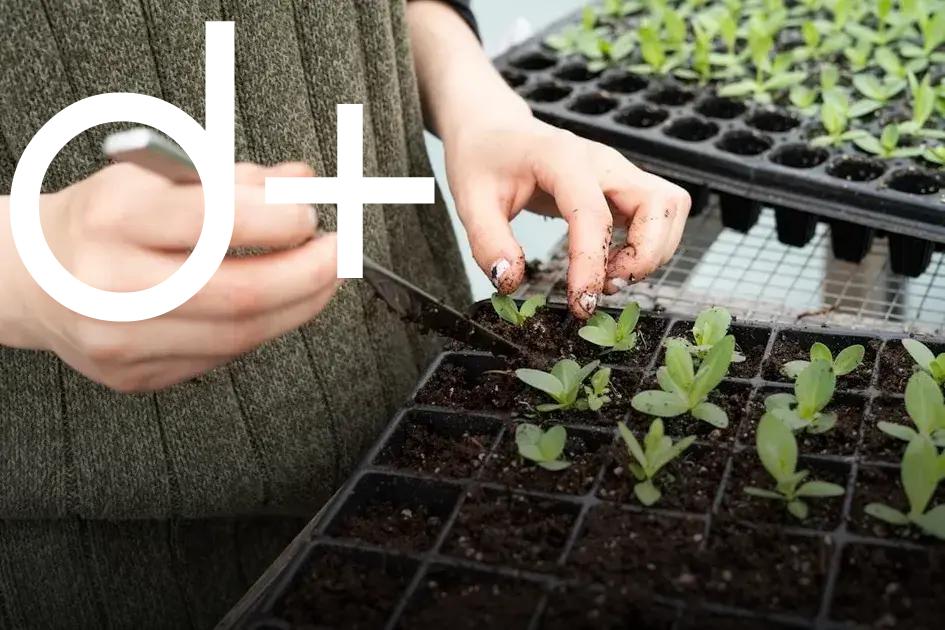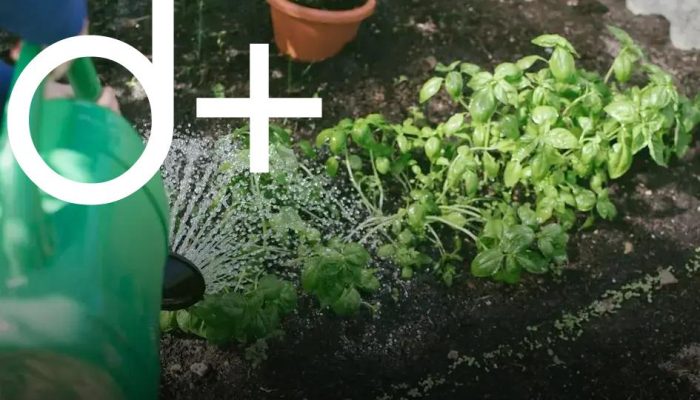Roses are the exquisite queens of the garden. If you’re dreaming of how to grow beautiful roses at home, you’re in the right place. This guide will walk you through the essentials, from choosing the right varieties to caring for them throughout the year. With the right techniques, your roses will flourish and add bursts of color and fragrance to your home.
Choosing the Right Rose Varieties
Selecting the appropriate rose varieties is an essential step in cultivating a beautiful rose garden at home. Different varieties require unique care and may exhibit varying resilience to your local climate and soil conditions. Knowing your goals, whether for aesthetic appeal, fragrance, or hardiness, will help guide your choice.
Understanding Rose Varieties
There are countless rose varieties, each offering distinct colors, shapes, and growth patterns. Hybrid teas are popular for their large, solitary blooms and delightful fragrance. Floribundas bloom greatly in clusters, providing more color density. If space is limited, consider miniature roses that thrive well in containers.
Consider the Climate
Matching the rose variety with your climate is key to success. Roses like rugosas are particularly hardy and can withstand colder climates. For warmer climates, choose from resilient varieties like Knock Out roses known for their disease resistance.
Check for Disease Resistance
Opt for varieties that are bred specifically for disease resistance. This ensures a healthier garden with less effort required in pest management. Varieties such as the Drift series are renowned for their resilience to common rose diseases.
Purpose and Placement
Determine the purpose your roses will serve. For a fragrant garden, include varieties like David Austin’s English Roses that are known for their scent. Consider climbing roses like Cecile Brunner for arbors and walls to add height and visual interest to your garden.
Preparing the Perfect Soil

To cultivate stunning roses, it’s essential to focus on the quality of the soil. The soil should be well-draining to prevent water from stagnating and causing root rot. Ideally, use a mix enriched with compost or well-rotted manure to boost its nutrient content. Check the pH level of the soil, as roses thrive best in slightly acidic conditions, with a pH between 6.0 and 6.8.
Improving Soil Structure
Add organic matter like peat moss or leaf mold to enhance the soil’s structure. This helps to retain moisture while improving aeration. If you’re dealing with heavy clay soil, consider incorporating sand or gypsum to increase its drainage capacity.
Soil Testing and Amendments
Conduct a soil test to identify nutrient deficiencies. Based on the results, amend the soil with appropriate fertilizers. Nitrogen, phosphorus, and potassium are key nutrients roses need to grow robustly.
For added vitality, mix in bone meal or blood meal which not only enriches the soil with essential nutrients but also stimulates root development. Regularly replenish the soil’s organic matter to maintain its health and fertility.
Planting Roses: A Comprehensive Guide
When planting roses, location is key. Choose a spot that gets at least six hours of sunlight each day. Consider your climate; roses thrive best in temperate zones.
Soil Preparation
Ensure your soil is well-draining and enriched with organic matter. If necessary, amend your soil with compost or peat moss. A pH level between 6.0 and 6.8 is ideal for roses.
Planting Steps
Dig a hole for each rose bush that is twice as wide as the root ball and just as deep. For bareroot roses, soak them in water for at least an hour before planting. Place the rose in the hole and spread the roots, ensuring that the graft union is just above the surface. Backfill with soil and water thoroughly to eliminate air pockets.
For potted roses, gently remove them from their pots and loosen the roots before planting. Water well immediately after planting and add mulch around the base to retain moisture.
How to Care for Your Roses Year-Round

Caring for your roses throughout the year is essential for maintaining their beauty and ensuring healthy blooms. Each season requires specific care routines to address the changing needs of your rose plants. Understanding these seasonal requirements will help you keep your roses thriving.
Spring Care
As temperatures begin to rise, it’s time to focus on growth and preparation for blooming. Prune dead or damaged canes to encourage new growth. This is also the season to feed your roses with a balanced fertilizer to promote strong stems and vibrant flowers. Water them regularly, ensuring the soil stays moist but not waterlogged.
Summer Maintenance
During the warm summer months, hydration is key. Water early in the morning to reduce evaporation and prevent mildew. Mulching helps to retain soil moisture and regulate temperature. Regularly deadhead spent blooms to encourage continuous flowering. Be vigilant for pests and diseases, treating them promptly to avoid damage.
Autumn Preparations
As autumn arrives, reduce watering and stop fertilizing to allow roses to prepare for dormancy. Remove leaves that drop to prevent disease spread. This is an ideal time to apply a layer of mulch to insulate the roots throughout winter.
Winter Dormancy
Winter care involves protection. Cover the base of your rose bushes with additional mulch or straw to protect against frost. In colder regions, consider using burlap wraps. Resist the temptation to prune during winter as it may stimulate new growth susceptible to damage.
By following these seasonal care tips, you can enjoy beautiful roses year-round.
Common Rose Growing Problems and Solutions
Roses are a beautiful addition to any garden, but they can sometimes be challenging to grow. Here are some common problems and their solutions, ensuring that your roses blossom beautifully.
1. Black Spot
Black spot is a fungal disease characterized by black spots on leaves. To prevent it, ensure good air circulation. Use fungicide sprays and remove infected leaves promptly.
2. Powdery Mildew
Powdery mildew appears as white powder on leaves and stems. Ensure your roses get enough sunlight. If mildew appears, use sulfur-based fungicides.
3. Aphids
Aphids are tiny insects that suck sap from the plant. They can usually be controlled with neem oil or insecticidal soap. Encourage ladybugs, natural predators of aphids, to visit your garden.
4. Yellow Leaves
Yellowing leaves can be a sign of overwatering or poor soil drainage. Ensure the soil drains well and adjust watering schedules accordingly. A nitrogen-rich fertilizer can also help.
5. Poor Flower Quality
If flowers are not blooming as they should, your roses might be lacking nutrients or sunlight. Ensure they receive at least six hours of sunlight and fertilize regularly during the growing season.
By addressing these common issues, you can significantly improve the health and beauty of your roses at home.







![BANNER 1 - HOME [QUADRADO]](https://dailyfindinvestment.com/wp-content/uploads/2025/01/BANNER-300-X-300.gif)
